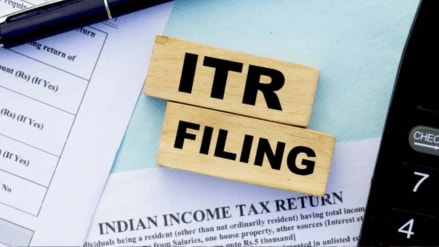With additional INCOME enhancing your annual income, comes the additional responsibility of understanding the corresponding tax obligations and its reporting in income tax returns (ITR).
Given the possibility of overlooking income from investments, interest on fixed deposits (FDs), income from peer-to-peer (P2P) lending, and side hustles, it is crucial to approach them with the same diligence as your primary income, to avoid underreporting of income and consequential interest and penal implications. Let’s understand the reporting of such income in the ITR.
Side hustles
Activities like selling handmade crafts online, driving for a rideshare company, or offering freelance skills such as graphic design or writing, providing consulting services etc, generate taxable income which must be reported accurately when filing tax returns. Common mistakes include underreporting of income by failing to track all earnings, including cash payments and receipts.
Further, one should also understand deductible expenses to maximise tax savings. For instance, taxpayers can claim deductions for expenses incurred wholly and exclusively for the purpose of the business. If eligible, one can consider opting for presumptive taxation for simplified taxation/ accounting.
Unlike traditional employment, income from side hustles may not have withholding taxes. Thereby, it is essential to calculate estimated taxes and deposit the same under advance tax route to avoid interest implications.
Another important consideration is to maintain detailed records of all financial transactions. Keeping organised records not only simplifies tax filing but also provides necessary evidence in case of scrutiny from the tax authorities.
Interest income
Interest received on FDs is taxable under “income from other sources” and the tax rates vary based on individuals’ tax slab. For instance, a taxpayer in the 20% tax bracket, owes 20% tax on FD interest.
However, more often than not, bank interest income is overlooked in the income tax calculation because of their quantum as compared to other major sources of income.
Tax Deducted at Source (TDS) on FDs by a bank is applicable when the yearly interest amount exceeds Rs 50,000 for regular depositors and Rs 1,00,000 for senior citizens. Many taxpayers believe that TDS covers the entire tax liability, which may not be the case for those in higher brackets, leading to additional tax payments during return filing.
Taxpayers should verify interest and TDS against bank statements, Form 26AS, Annual Information Statement (AIS), and Taxpayer Information Statement (TIS) to avoid discrepancies in reporting the income and taxes owed. They must maintain appropriate records of all sources of income along with expenses.
The writer is tax Partner, EY India. Inputs from Garima Agrawal, director, Tax, EY India
